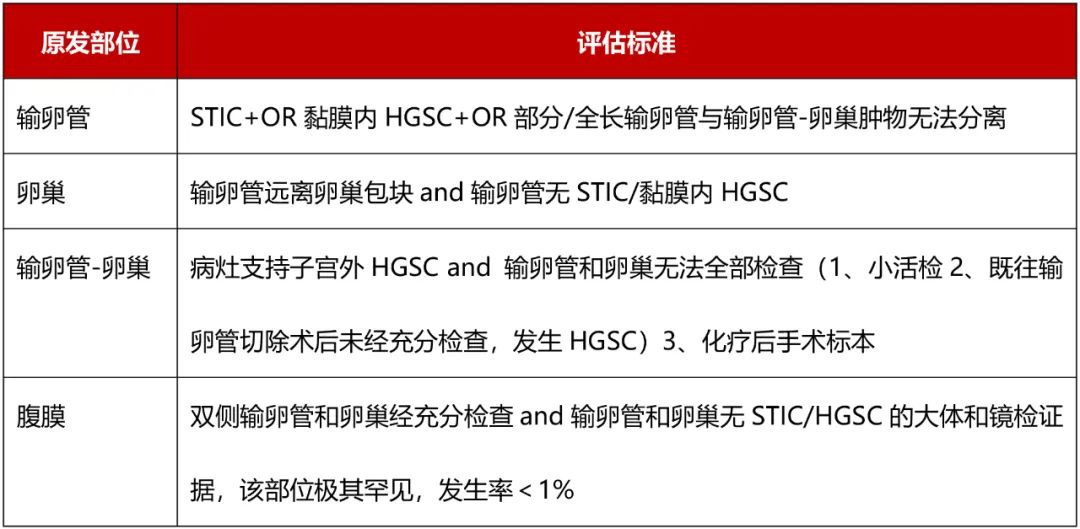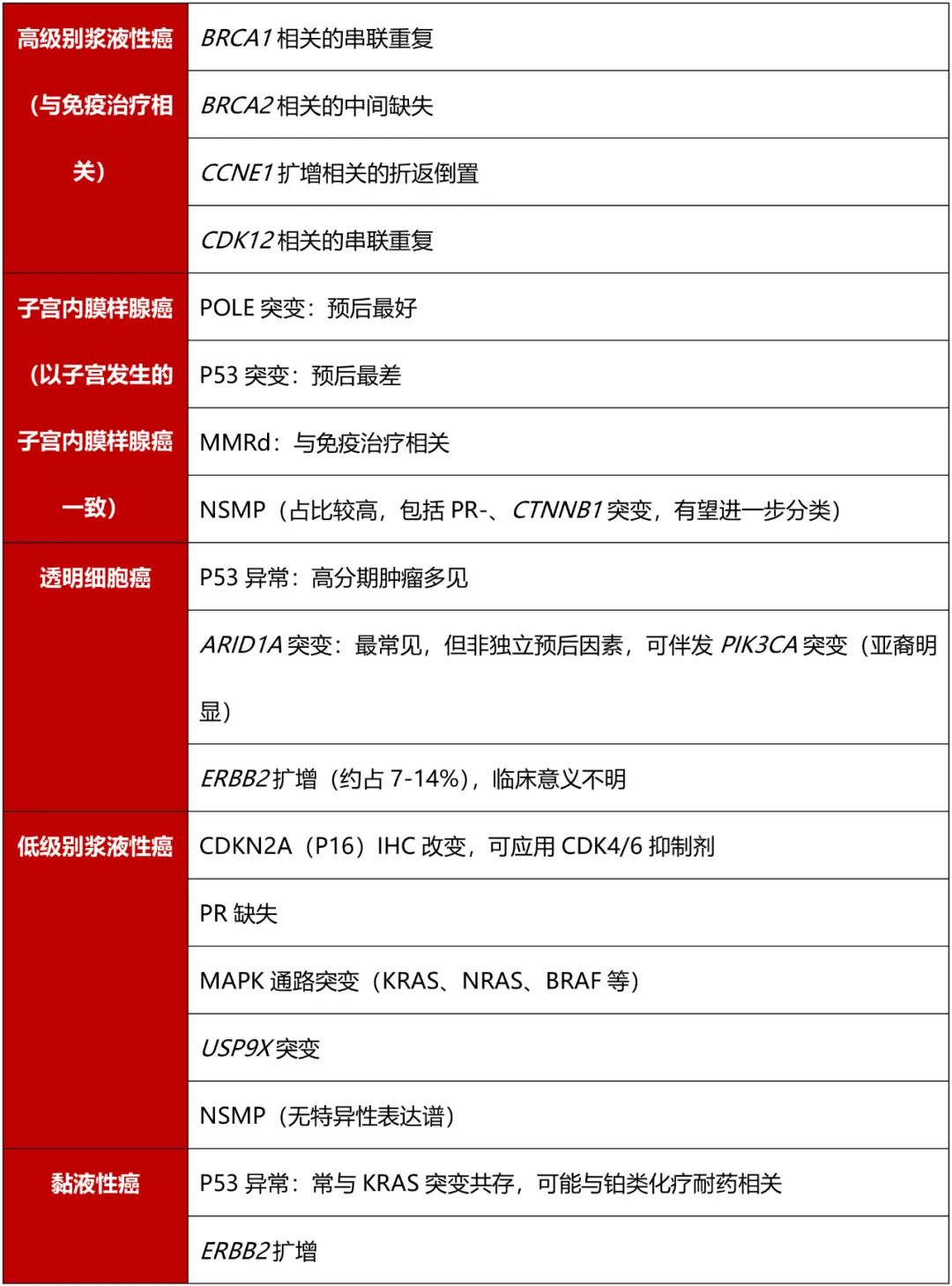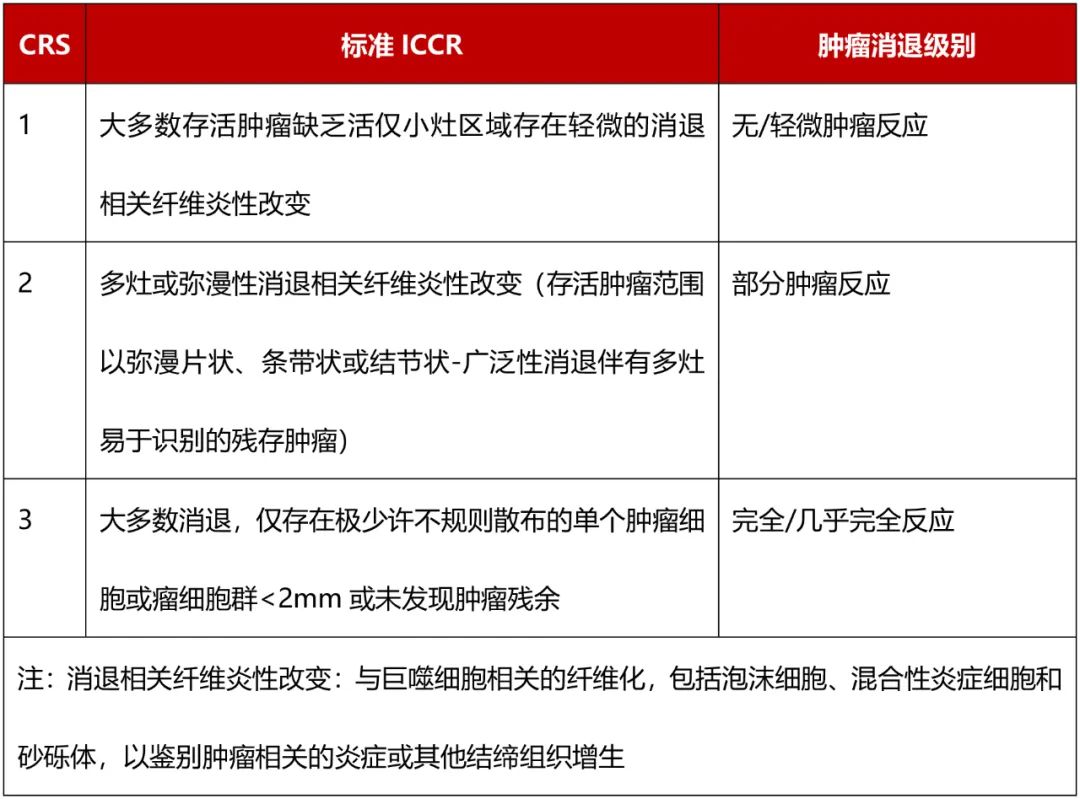Ovarian tumor pathological typing changes!Will change the treatment pattern
Author:Cancer Channel of the Medical Time:2022.09.24
*For medical professionals for reading reference

Experts will take you to analyze new progress, molecular types, and prognosis judgments for ovarian cancer pathology
At the recent meeting of the Chinese Anti -Cancer Association Gynecology and Cancer Professional Committee (CGCS), Professor Zhang Jing from Xijing Hospital from the University of Air Force Medical University made a detailed introduction to the latest progress of ovarian tumor pathology. This article will summarize the key content. It is convenient for pathological colleagues and clinicians to understand relevant progress.
The fifth edition of WHO classification ovarian tumor content update
Category
In the new version of the classification, the epithelial tumor is divided into: slurry tumor, endometrial -like tumor, transparent cell tumor, mucus tumor, Brenner tumor, and slurry mucus tumor. Juniority and malignant, in which the border description no longer recommends the names of tumors such as tumors with atypical hyperplasia and low -level malignant potential.
In malignant tumors, it is mainly divided into high -grade parasitic cancer (about 80%of cases from the end of the fallopian tube umbrella), low -grade berough carcinoma, endometrium -like cancer, transparent cell carcinoma, mucus cancer, malignant Brenner tumor, medium medium, and medium medium Nepa adenocarcinoma (adenocarcinoma with medium renal type, GATA3/TTF-1+, ER/PR-), undifferentiated cancer, and de-differentiated cancer (of which degradation cancer is generally endometrium-like cancer+undifferentiated cancer cancer ) Mixed cancer (the new version is re -incorporated, the incidence rate is <1%, which contains two or more tissue credits (common endometrium -like cancer and transparent cell carcinoma). At the same time, it is recommended to indicate the proportion of different ingredients in the report) and cancer sarcoma (due to the existence of EMT phenomenon, this type is a special subtype of cancer, not a mixed epithelial-interior leaf tumor).
▌ Original site evaluation
Evaluation criteria for the original location of the uterine HGSC

Change molecular genetic changes
Molecular genetic changes of sexual tumor miscellaneous tumors

Progress of the research progress of ovarian cancer molecular division
Since 2011, four molecular types have been proposed to high -grade slurry tumors (but did not point out the correlation of prognosis); Protype proposed in 2020, it is once again divided into high -grade slurry tumors into C1 (Mesenchymal), and C2 (IMMUNE), C4, and C5 (ProLiferator). At the same time, it has a significant difference in the total survival rate and no compound survival rate, which can effectively help clinical.
In the literature in 2022, it also summarized the common type of ovarian tumor molecular type, as follows:

HGSC new assisted chemotherapy reaction score
With the application of neo -assisted chemotherapy, more and more tumor patients have benefited. Starting from Bshm ’s Score, it has gradually accepted the income of HGSC neo -auxiliary chemotherapy reactions into the pathological assessment system. It is mainly targeted at HGSC, which is confirmed by phase III/肿 tumors, puncture biopsy, and tissue of postoperative specimens after new assisted chemotherapy.
Note: You need to take 4-6 wax blocks in the abnormal region, and choose a CRS of the most poorly responding to chemotherapy. For cases of no evidence of tumor-free retirement/no residual tumor cells, there must be pre-surgery imaging. Evidence, otherwise, CRS should not be evaluated.
The following table is the oment scoring standard released in 2015:

In the new recent research from 2021 to 2022, it is believed that ovarian and fallopian tube assessment are consistent with the effect of the evaluation of the omentum tissue; according to MDACC experience, the three-level scoring method is adopted, and the omentum tissue and accessories are independently scored to provide clinical more Multiple information.
Summarize:
For the pathological diagnosis of ovarian tumors, we must first understand the purpose of examination and try to meet clinical requirements. For first diagnosis patients, the diagnosis of the disease is needed, the primary and metastasis is required, and the type of historius is given.Chemotherapy response provides prognostic evidence, and patients with cure need to specify the tumor stage and define the status of cutting edge.In short, the clinical treatment strategy depends on the precise pathological diagnosis of ovarian tumors.First of this article: The pathological channel of the medical community
Author of this article: No. 4
Editor in charge: Xiao Wang
- END -
Digital Medical Weekly | The State Drug Administration held a chamber of commerce in the management risk of medical device network transaction management; Hongtong Industry received 586 million yuan in financing

Produced | Zero One Think TankAuthor | Wang Jingyu, Zhang ZhuojunCatalog I. First ...
The heart is not good, the doctor is required to do not do it first, and explain the situation directly with the doctor

On Friday, all routine case discussions. The goal of the discussion is whether the...